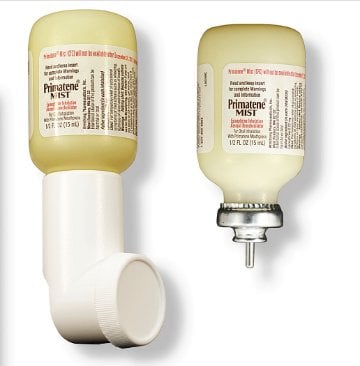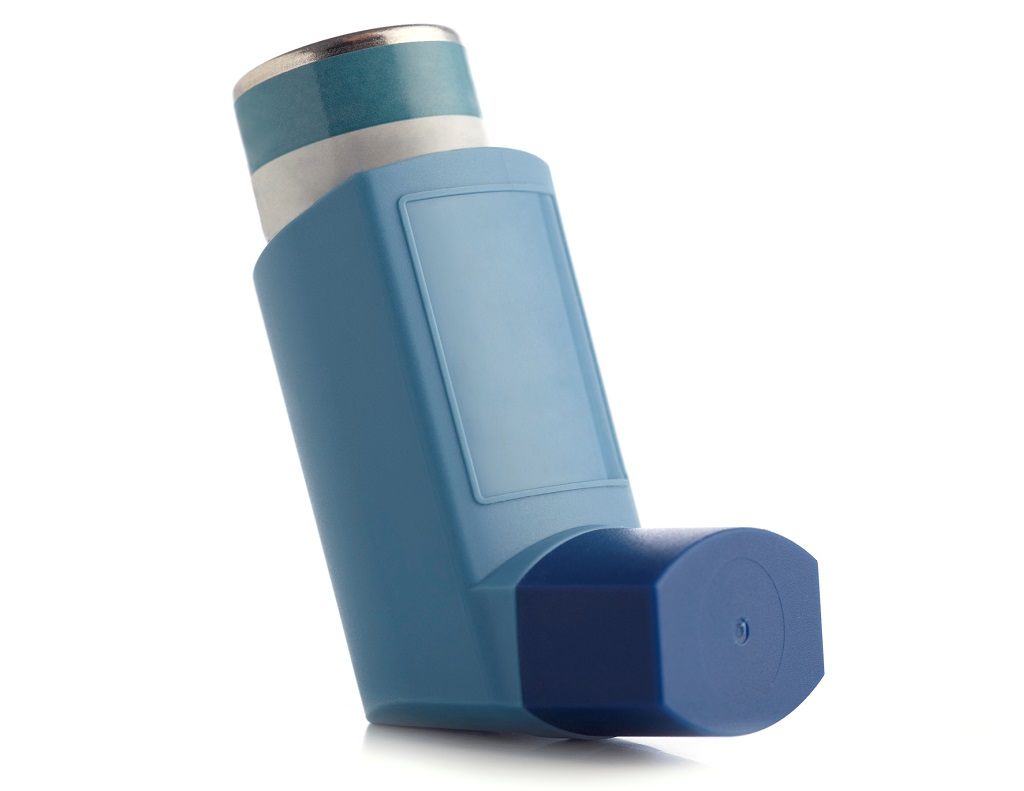
Long-acting bronchodilator inhalers function in a similar way to relievers, but work for up to 12 hours after taking each dose. If your asthma symptoms are well controlled with a regular preventer you may then not need to use a reliever inhaler very often, if at all. It can, however, take up to six weeks for maximum benefit.

After a week or so of treatment with a preventer, the symptoms have often gone, or are much reduced. This means it will not give any immediate relief of symptoms (like a reliever does). It takes 7-14 days for the steroid in a preventer inhaler to build up its effect. If you have an exacerbation (flare-up) of your asthma symptoms, you may be advised to take the preventer inhaler more often. Steroid inhalers are usually taken twice per day every day to prevent symptoms from developing. When the inflammation has gone, the airways are much less likely to become narrow and cause symptoms such as wheezing. Steroids work by reducing the inflammation in the airways. Preventer inhalers usually contain a steroid. If you need a reliever three times a week or more to ease symptoms, a preventer inhaler is usually advised. If you only have symptoms every now and then, the occasional use of a reliever inhaler may be all that you need. The two main reliever medicines are salbutamol and terbutaline. Reliever inhalers contain bronchodilator medications that relax and widen the muscles in the airways thereby easing acute asthma symptoms of breathlessness, wheezing and chest tightness. There are four types of inhalers based on the type of asthma medication the device delivers: Nebulizers are ideal for children or people with severe asthma who may not be able to use an MDI or DPI properly. They are easier to use because you can breathe normally.

Nebulizers deliver medication through a mouthpiece or mask. That can make DPIs hard to use during an asthma attack when you will have difficulty taking a deep breath. This makes the device easier to use and helps get the medication into your lungs.ĭry powder inhalers (DPIs)require you to breathe in quickly and deeply. A spacer is a tube that attaches to the inhaler and holds the medication until you can breathe it in. A spacer can help kids or people with trouble breathing use an MDI more easily. MDIs work like a spray: you push the inhaler, it sprays out the medicine, and you breathe it in. Metered dose inhalers (MDIs) deliver the drug through a small, handheld aerosol canister. There are three types of inhalers based on the way each type of device delivers asthma medications: Inhalers are the main treatment for asthma, a respiratory condition marked by spasms in the main passageway (bronchi) of the lungs, causing difficulty in breathing.Īn asthma inhaler is a handheld device that delivers medication straight into the lungs, delivering the medication faster and with fewer side effects compared to oral or intravenous drugs.


 0 kommentar(er)
0 kommentar(er)
